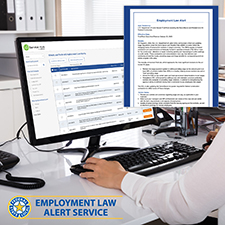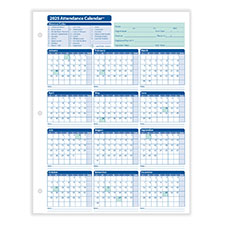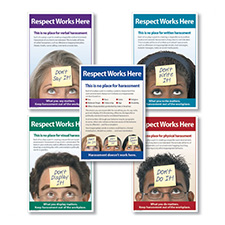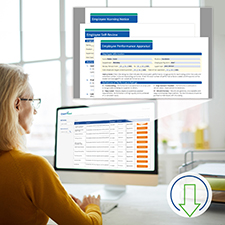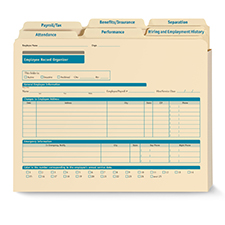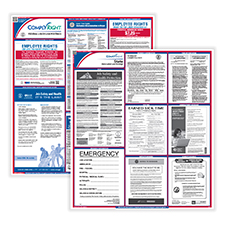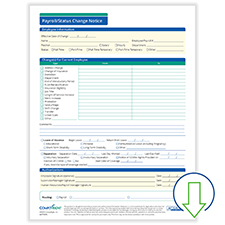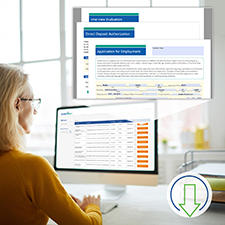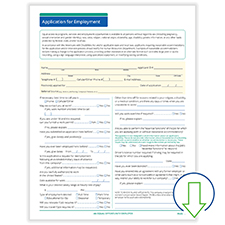
When managing hourly, non-exempt employees, it’s critical to accurately track their hours and compensate them accordingly. Under the Fair Labor Standards Act (FLSA), this means paying at least the federal, state or local minimum wage (whichever is higher) and overtime at 1 ½ times the regular rate for 40+ hours in a workweek.
However, there are many situations that cause confusion for employers, which can lead to time and pay lawsuits if mishandled. If a non-exempt employee’s time directly benefits your company, it is considered working time – and employees must be compensated. Unpaid time only applies if employees are completely relieved of work for a set period, usually 30 minutes or more for a lunch break – and are allowed to use the time as they wish.
Let’s consider some common, but tricky, situations you may encounter in the workplace with hourly employees:
- Waiting time — Time spent waiting must be paid if the employee must be at the workplace. For example, if your company’s computer system crashes and your employees are required to wait for the system to reboot, the waiting time counts toward hours worked because you are still requiring your employees to be at the business.
If employees arrive early by their own accord and wait to start working, this is not considered hours worked. You don’t have to pay them if they perform absolutely no work functions before their shift starts.
- Pre-work and post-work activities — On the other hand, if employees come in early to prepare for their shift, the time is considered working hours if the activities are for the employer’s benefit. The same is true for post-work activities. Time spent “winding down” from work duties must be paid – even if work performed is not part of the employee’s main responsibilities. Common examples include:
- Cleaning or preparing equipment used on the job
- Changing clothes (if the change is required and can’t be done before arriving at work)
- Counting money or preparing change
- Meals and breaks — Meal breaks are not considered hours worked if they are at least 30 minutes long, and the employee is not doing any work. However, if your employee continues to do work-related tasks, such as answering phones, you must pay for the time. Break periods of 20 minutes or less are counted as working time, and employees must be paid for these breaks.
- Unauthorized overtime — Employers are obligated to pay overtime for all time worked over 40 hours in a week, regardless of the circumstances. Never allow non-exempt employees to work “off the books” – even if they volunteer to learn something new, catch up or get ahead. This also means not coming in early, leaving late, working through lunch or bringing work home unless the time is approved and paid for.
Always file employee payroll documents in a separate, secure folder, including wage and salary history, federal withholding, payroll change notices, direct deposit information and payroll deductions.
- Training and meetings — Time spent in training and meetings normally must be compensated as working time, unless the following is true:
- The training or meeting is not held during normal working hours
- Attendance is voluntary
- The employee performs no productive work during the training or meeting
- The training or meeting is not directly related to the employee’s job
- Recordkeeping requirements — It’s vital to keep accurate records of all hours worked by non-exempt employees to ensure legal compliance. The law does not require a particular method of timekeeping, but there are numerous acceptable methods for tracking employees’ work hours. For example, you may use timeclocks or an electronic timekeeping system — or even handwritten records of their time, when necessary. Whichever method is used, the records must be an accurate representation of the employee’s work hours.
Manage Employee Time and Pay Requirements with Always-Accessible Forms
When you need access to the most up-to-date, legally compliant forms to track time and attendance for proper pay, rely on the Fill-and-Save ™ HR Form Library: Time and Attendance. This collection includes attorney-reviewed, 100% compliant time and attendance forms, such as the best-selling Attendance Calendar, Time Off Request, Absence Report, Weekly Time Tracker and Overtime Request & Approval. You can send and store forms electronically for a paperless workflow — or print out copies for your personnel files.
Related Content:
5 Essential Workplace Policies to Boost Employee Productivity
Don't Make These Mistakes: Tips for More Effective Performance Reviews






 Shopping cart
Shopping cart